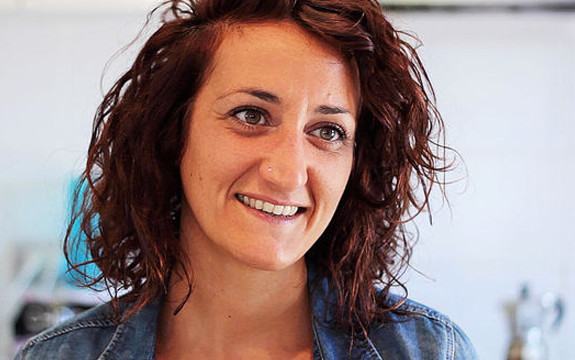The challenges faced on the road to migration

In Summary
- Analysis for Inside Story by Peter Mares, Adjunct Research Fellow, Swinburne Institute for Social Research, Swinburne University of Technology
When Camilla Pivato walked around Melbourne on her first day in Australia she felt she was finally in the right place. “I just fell in love with Australia and the Australian way of life,” she tells me by Skype from Rimini, on the Adriatic Coast. “It’s a really, really happy country and coming from Italy you can really feel the difference.”
After two years in Australia as a working backpacker she was hoping to settle permanently. She had a job offer from an employer willing to sponsor her on a four-year 457 skilled worker visa and sought expert migration advice to assist with the application. Thousands of dollars later, though, she was forced to leave Australia at short notice and was banned from coming back for three years.
Pivato was a twenty-nine-year-old costume designer, struggling to find steady work in her field, when she decided to take an extended break in Australia. Like more than 210,000 other young visitors in 2013–14, she arrived on a working holiday visa. Under reciprocal agreements with nineteen countries, Australia allows travellers aged between eighteen and thirty to live and work here for up to a year, with the possibility of a second twelve-month visa if they undertake at least eighty-eight days of “specified work” (in agriculture, forestry, fishing, mining or construction) in a regional area.
When Pivato arrived in March 2013 she intended to remain only until July, when her return flight was booked. But as the months ticked by she postponed her departure. With the expiry of her first working holiday visa drawing closer, she decided to work for eighty-eight days to secure a second year’s stay. She’s far from alone in making that decision: since the option of a second visa was introduced ten years ago, the number of travellers taking it up has grown steadily, from fewer than 8000 in 2006–07 to more than 45,000 in 2013–14.
Pivato took a job packing fruit in Shepparton in central Victoria – a town, as she puts it, with “more cows than people.” At the start of the harvest season she was packing cherries, then peaches and plums, and at the end of summer apples and pears. If not for the possibility of securing a second visa, she would never have considered doing this kind of work, let alone sharing accommodation and her private life with thirty other young women. “I thought I was too old for that,” she says. She was surprised to find herself enjoying both the job and the lifestyle.
Read the full story on Inside Story.

